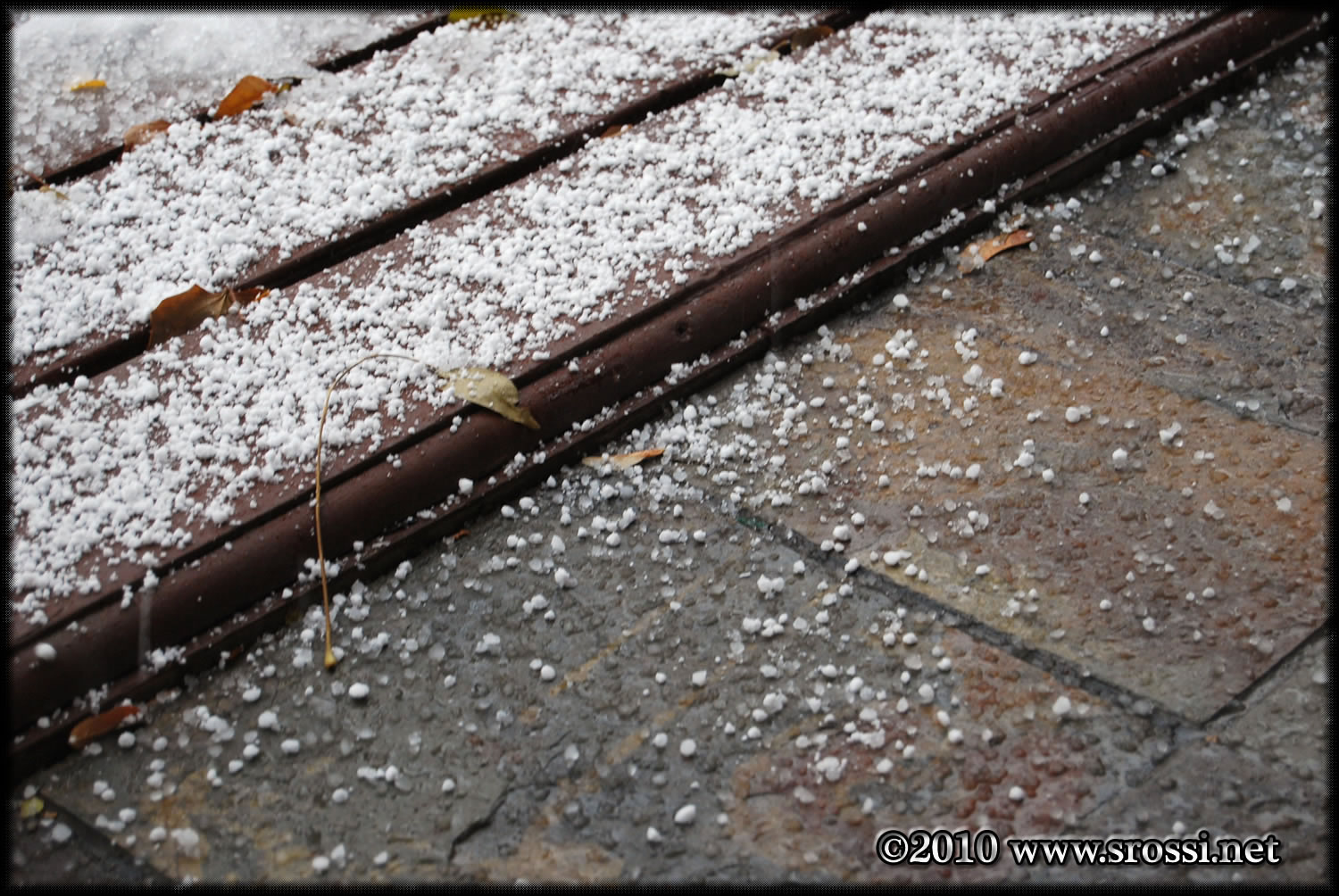According to data analysis, thunderstorm winds are more likely to occur during the months of August and September. Thunderstorm winds have a 17% change of occurring during August and a 27% chance of occurring in September. Thunderstorm wind is a storm with high winds or violent gusts but little or no rain. They cause more damage, and are more frequent than tornadoes. Thunderstorm winds can exceed 100 mph. In. 2004 thunderstorm winds produced $5.5 million in property damage according to the publication storm data.
From the National Climate Data Center
Take a look at this video that shows thunderstorm winds in action!
Resources:
http://www.exploringweather.com/wind.html
http://www.crh.noaa.gov/ddc/swaw/wind.php












